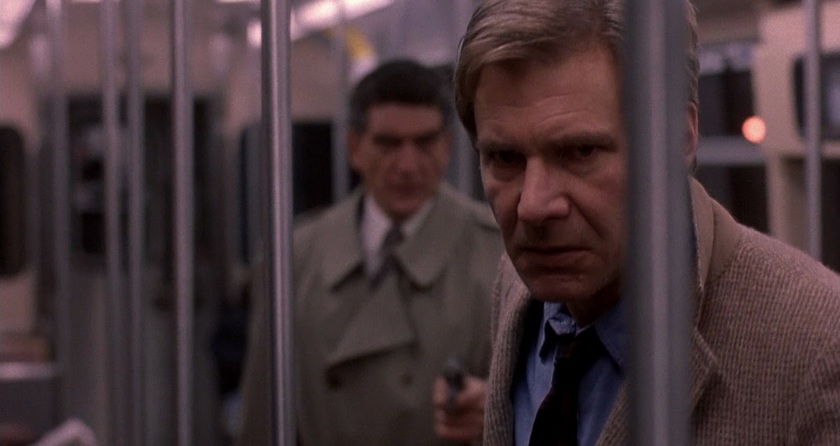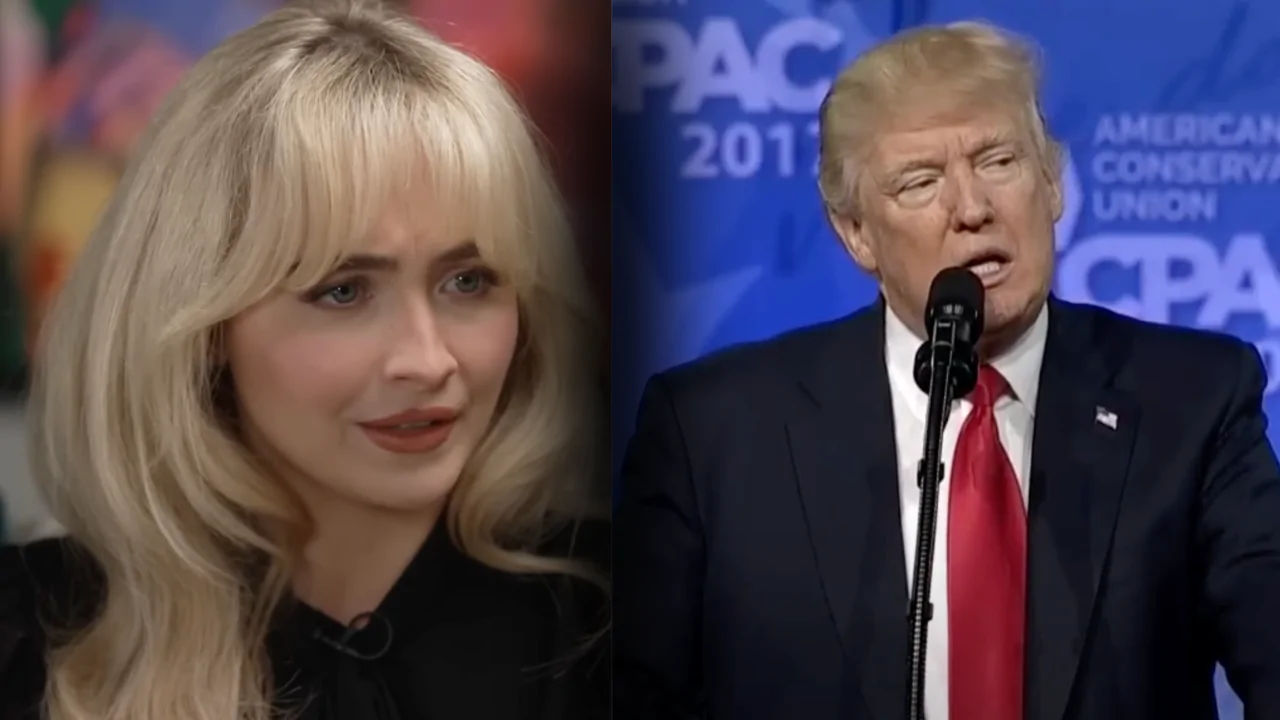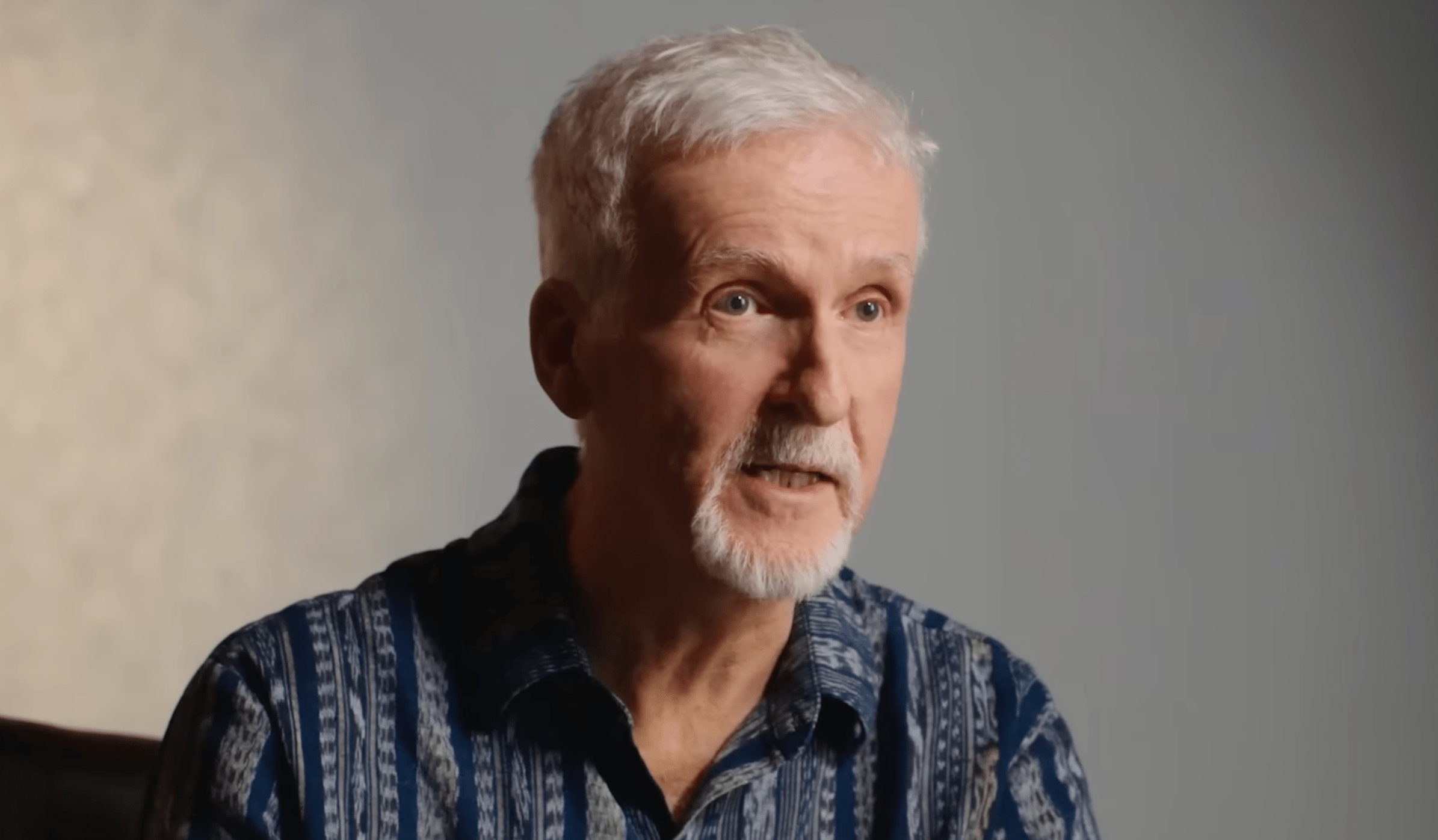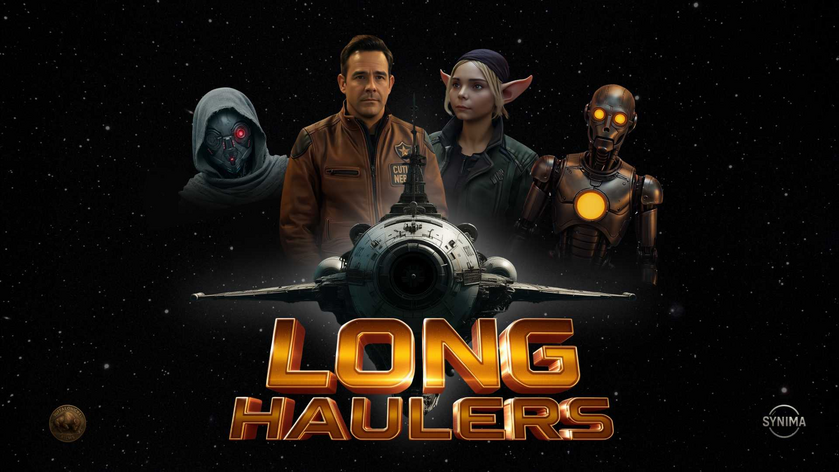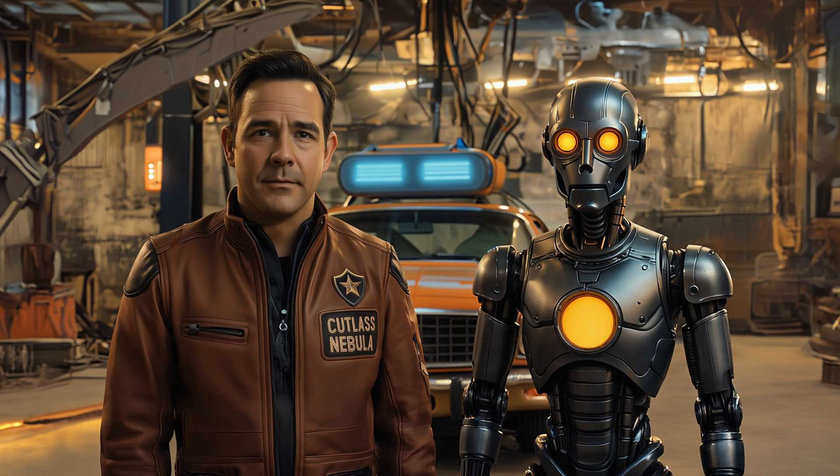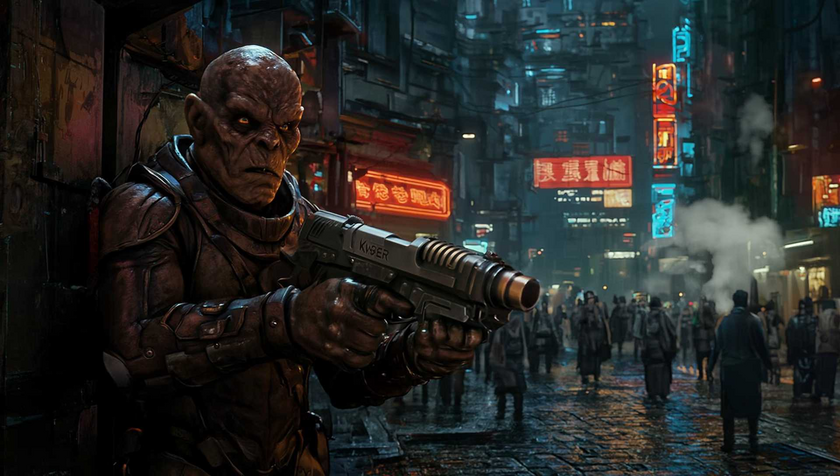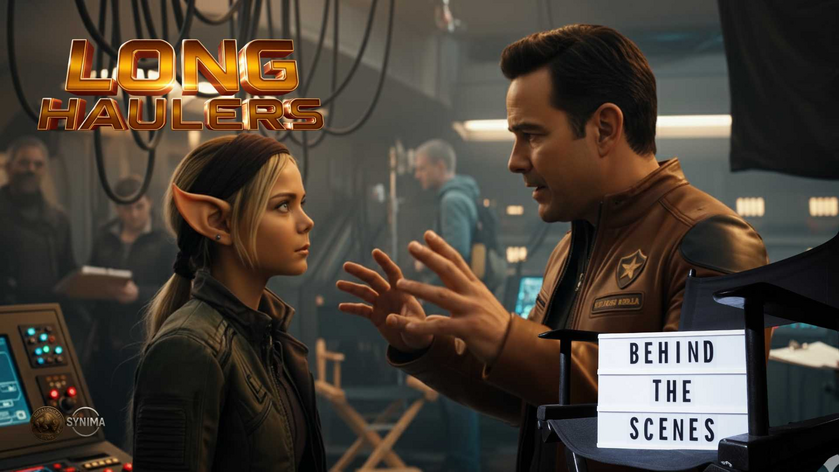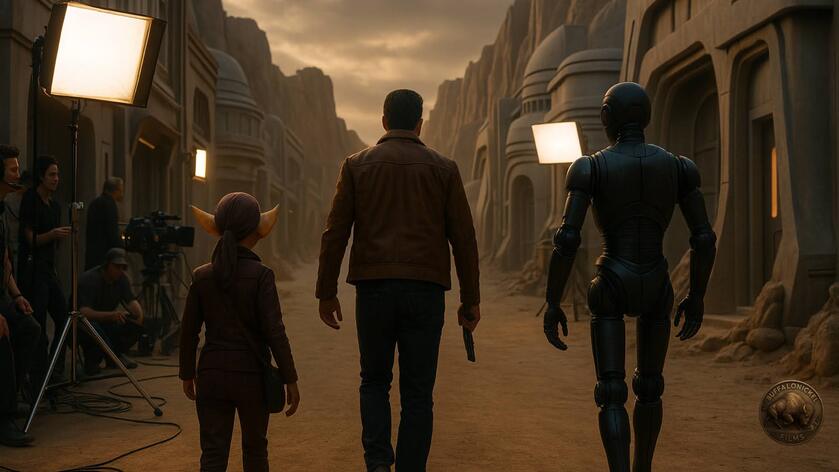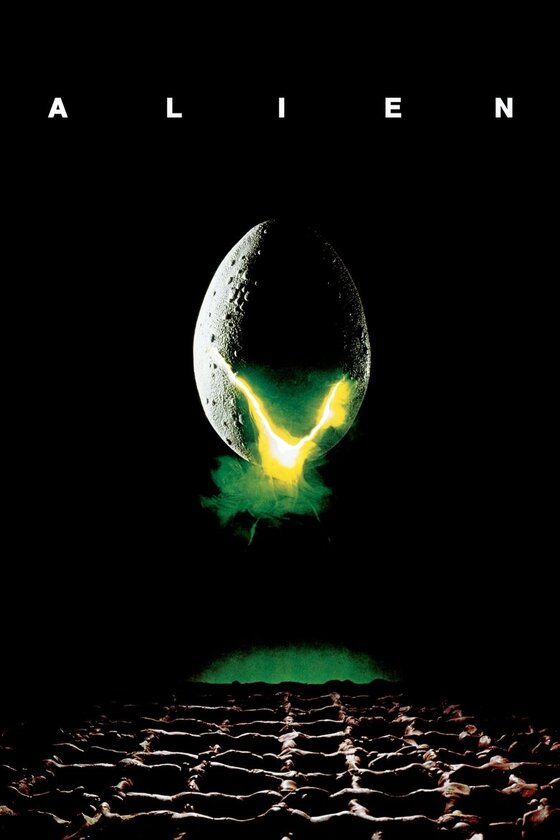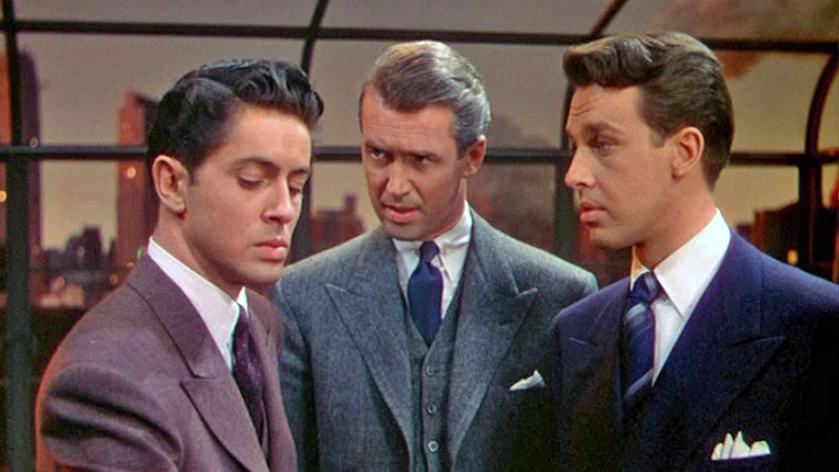Last Friday my body told me, “STOP!”
I hadn’t done a particularly hard workout that morning or fasted. Maybe it was the previous four days of intense training and poor sleep catching up with me but whatever the case, around 2pm I was suddenly hit with extreme fatigue. It’s a shame, because it was a really nice day with activities around town I might have enjoyed. Instead, I could barely drag myself off the couch.
So I just went with it.
Watching a movie was about all I was up for, and I’m learning that thinking about what to watch for too long is a quick way to watch nothing. Best to go with my first instinct. And that’s how I ended up watching Harrison Ford’s 1993 classic The Fugitive. If it’s not already in your collection, make sure you get the blu-ray I’ve linked to and not the cheaper, older edition like I did. My copy may be on a blu-ray disc, but the picture is DVD quality.
But I digress.
Even in a lesser quality, the movie is still enjoyable. It was often on TV when I was growing up, and I probably last saw it recorded onto a VHS tape (if you don’t know what that means, go to a museum and ask someone to explain it to you). Before Hollywood started repeating itself ad nauseam, it borrowed from old TV shows. Most of these movie remakes were so-so to terrible, but a few were fresh takes on classic material.
The Fugitive may be the best of the bunch.
People today who are familiar with the movie may not realize that it’s based on a late 60’s TV series that aired for four seasons on ABC. While the movie is set in its present day, the main elements remain the same. Dr. Richard Kimble is convicted for killing his wife and goes on the run, pursuing the actual murderer, the one armed man. The Fugitive uses a template that works in any medium: a slightly above average man (not special forces or a superhero), to whom we are sympathetic, finds himself in a crazy situation and out for justice.
Hitchcock did it all the time. The director of The Fugitive, Andrew Davis, knew and respected that.
You want to talk about tired! Kimble spends the movie physically and emotionally drained. Being on the run must be exhausting when you aren’t injured, wet, and stealing food from old men in hospitals. There’s also Tommy Lee Jones’ US Marshall Gerard, whose world-weariness comes through in his famous line, “I don’t care!” But he’s dogged in his pursuit.
Life is hard. Deal with it, and don’t make deals with criminals.
At two hours and ten minutes, there’s no fat that needed trimming. Relevant backstory is told in flashback so that ground isn’t retrod and the tension remains high. There’s always something interesting happening on screen, and it always works to develop the characters and story. When our expectations are subverted, we don’t feel tricked. Rather, we respect the slight of hand and savor the brief moment of relief.
There’s nothing to take us out of the movie.
When there’s humor (and there’s a surprising amount of humor) it’s organic to the world. Moments of sincerity are allowed to play. The fights are clumsy, real. Dr. Kimble isn’t John Wick and while he may not punch like a real doctor, he punches like Harrison Ford playing a doctor and that’s satisfying enough. These are rough characters in a rough world, and the only thing slick is the script.
1993 was a great year for entertaining movies.
If The Fugitive were made as is today, we’d hear endless complaints about another movie featuring a rich, persecuted white male protagonist. Why couldn’t it be about a poor, minority woman? Well, that wouldn’t be The Fugitive, even if it could avoid woke proselytizing and be a good movie. No, we want to know that anyone, in any position, can (and will) suffer in life, often unjustly. And we want to see him rise from the ashes and restore order to his part of the world.
It’s an American story.
It’s a human story.
